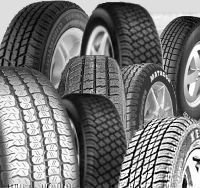Nordexx NU7100 255/60 R18 112H


Nordexx
NU7100
255/60 R18 112H
Add product to compare
0818000052 (Mo-Fr 7am-10pm)


Add product to compare
Quantity: %entry-quantity%
Price per unit: %entry-formattedTotalPrice%